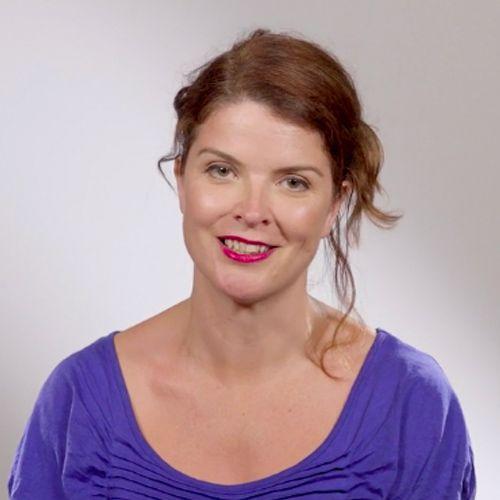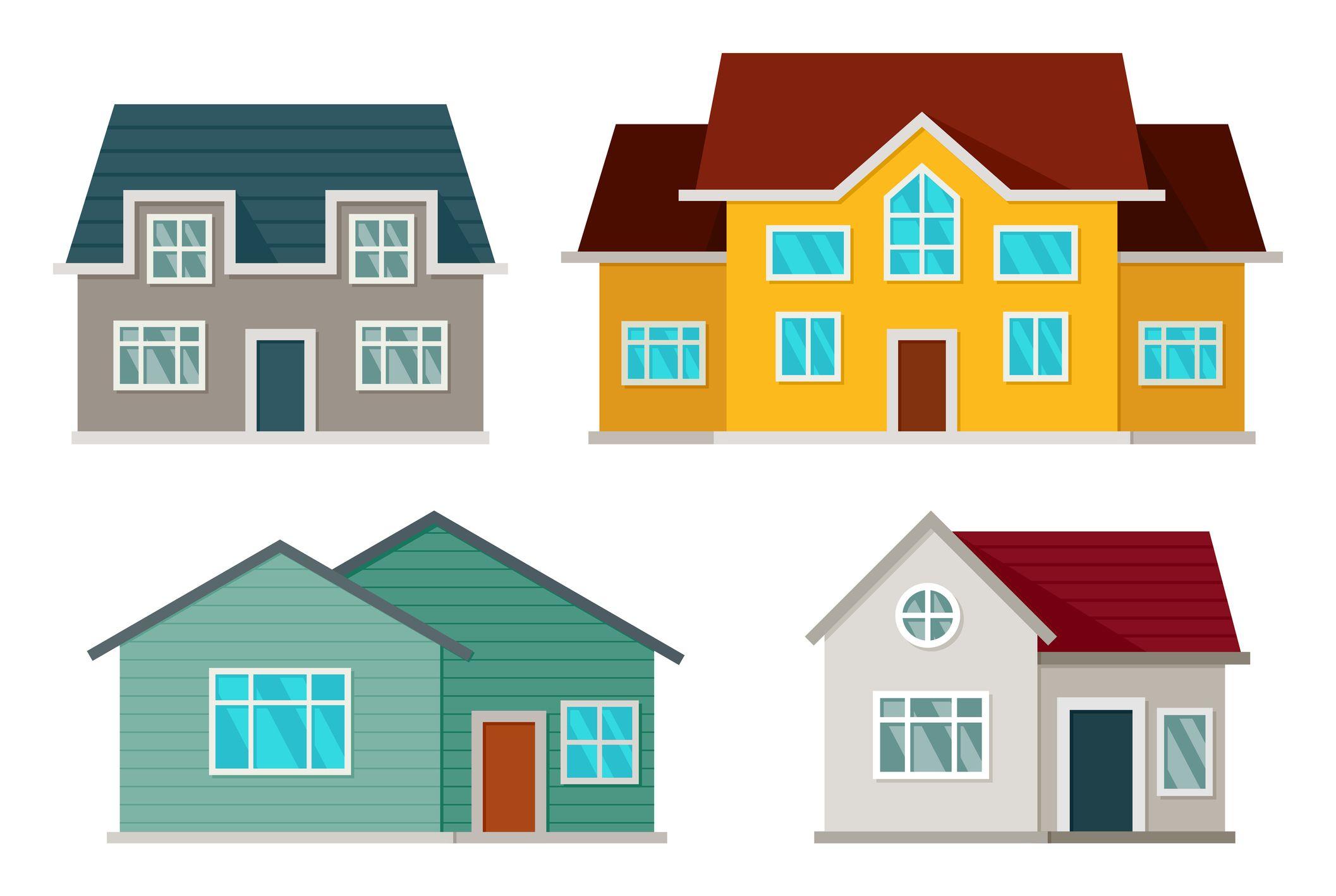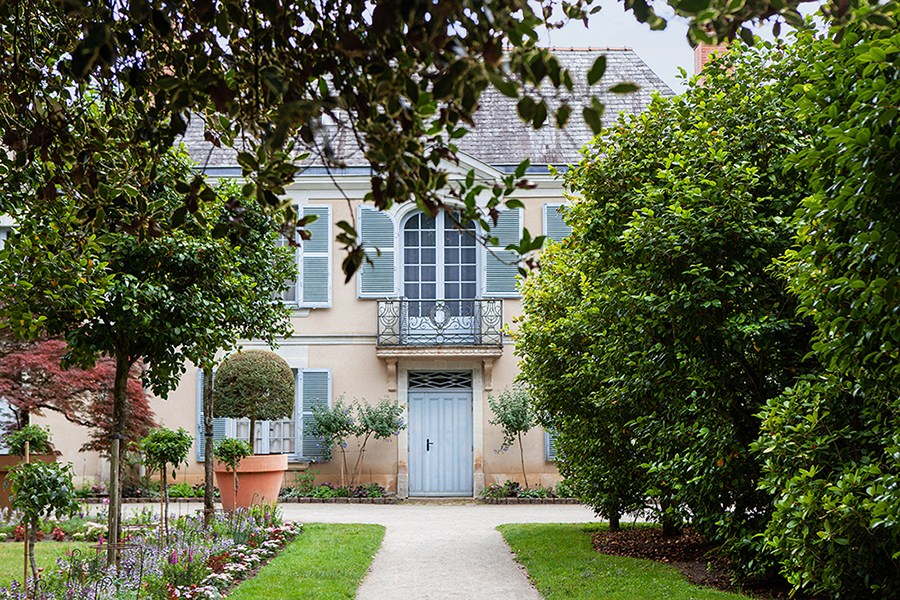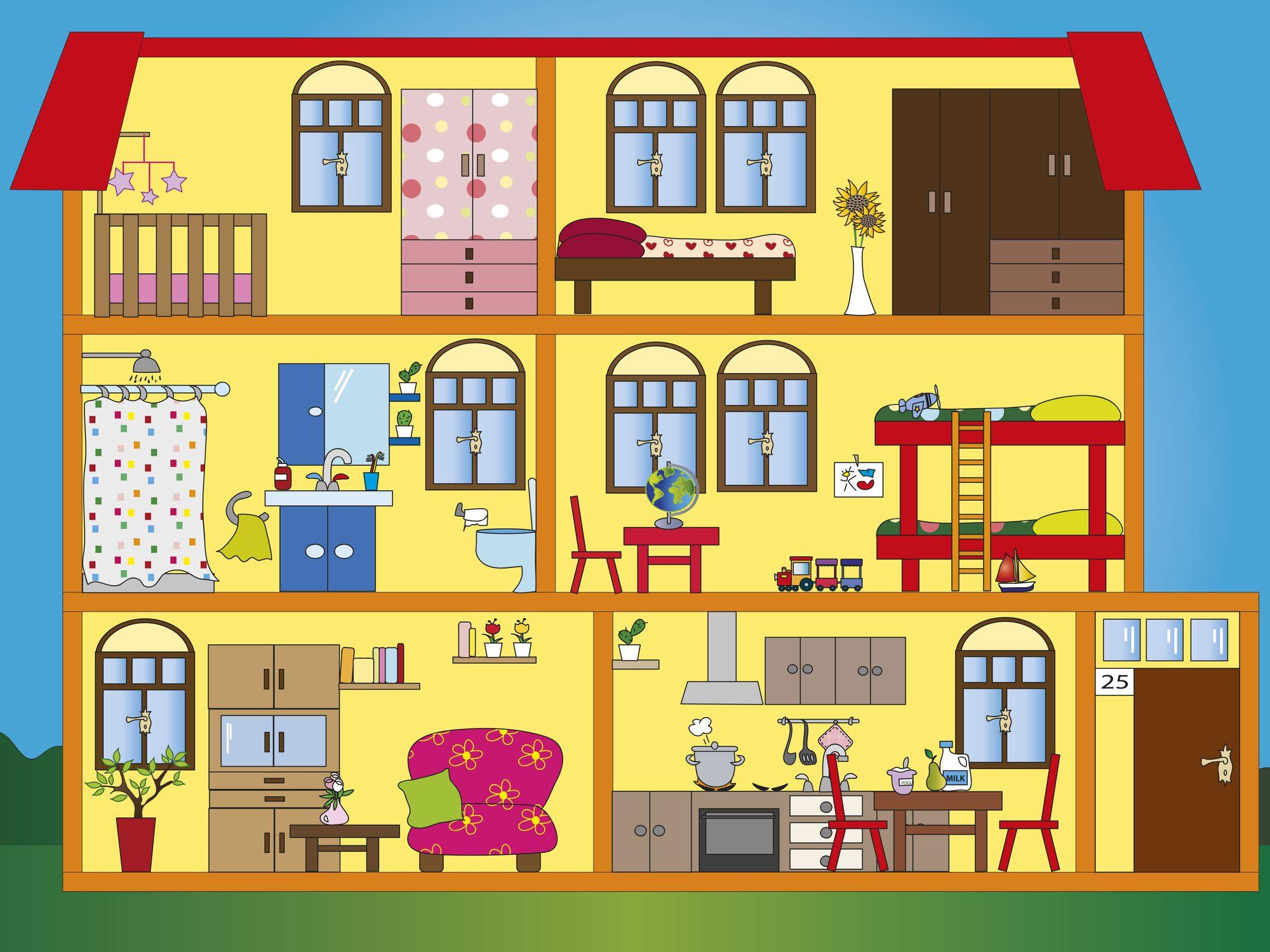Learning objective
- To use familiar vocabulary and structures to describe a home.
Success criteria
- I can understand an extended spoken and written
This content is for subscribers only. Join for access today.
National curriculum
Languages
Pupils should be taught to:
- Read
This content is for subscribers only. Join for access today.
Cross-curricular links
None.
This content is for subscribers only. Join for access today.
Before the lesson
This content is for subscribers only. Join for access today.
Lesson plan
Recap and recall
Vocabulary recall Display the Presentation: House sentence builder.
This content is for subscribers only. Join for access today.
Extended-mode explainer videos
How to extend your display to view the lesson page and preseantion mode simultaneously. Choose your operating system below to watch the video
If you need further support with extending your display,
please contact [email protected].
Extended-mode explainer video: For Mac
Extended-mode explainer video: For Windows
Adaptive teaching
Pupils needing extra support
Could use a highlighter to highlight the answers for the questions; could complete the gapped version writing frame using the Activity: A letter to Sandrine (see Print in advance) to reduce writing.
Pupils working at greater depth
Could challenge pupils in the writing activity to use a bilingual French-English dictionary to add descriptive vocabulary, to extend their written sentences by including conjunctions such as et – and, or mais – but, and adjectives of size and colour.
This content is for subscribers only. Join for access today.
Assessing progress and understanding
Pupils with secure understanding indicated by: describing a type of house, all
This content is for subscribers only. Join for access today.
Vocabulary and translations - no new vocabulary
-
une cuisine
a kitchen
-
un salon
a lounge
This content is for subscribers only. Join for access today.
In this unit
Assessment - French Y5/6 (B): In my French house
Y5/6 (B): Lesson 1: My French house
Y5/6 (B): Lesson 2: Home sweet home!
Y5/6 (B): Lesson 3: Describing my French room
Y5/6 (B): Lesson 4: Where is it in my French bedroom?
Y5/6 (B): Lesson 5: A letter about my French house





